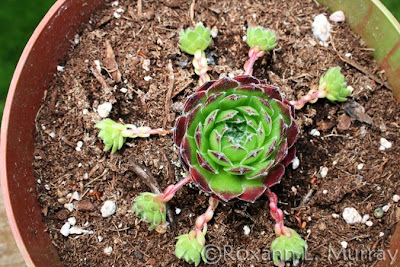Reason for a false negative Lyme test:
Part of the Anapsid.org Chronic Neuroimmune Diseases Information Resources for CFS, FM, MCS, Lyme Disease, Thyroid, and more...Last updated January 13, 2013
|
Reasons for False Negative (Seronegative) Test Results in Lyme Disease
From the Lyme Disease Foundation and the Lyme Alliance
Compiled by Melissa Kaplan 2003
1. Antibodies against Borrelia burgdorferi (Bb) are present, but the laboratory is unable to detect them.
2. Antibodies against Bb may not be present in detectable levels in a patient with Lyme disease because the patient is currently on, or has recently taken, antibiotics. The antibacterial effect of antibiotics can reduce the body's production of antibodies.
3. Antibodies against Bb may not be present in detectable levels in a patient with Lyme disease because the patient is currently on or has previously taken anti-inflammatory steroidal drugs These can suppress a person's immune system, thus reducing or preventing an antibody response.
4. Antibodies against Bb may not be present in detectable levels in a patient with Lyme disease because the patient's antibodies may be bound with the bacteria with not enough free antibodies available for testing.
For this reason, some of the worst cases of Lyme disease test negative -- too much bacteria for the immune system to handle.
5. Antibodies against Bb may not be present in detectable levels in a patient with Lyme disease because the patient could be immunosuppressed for a number of other reasons, and the immune system is not reacting to the bacteria.
6. Antibodies against Bb may not be present in detectable levels in a patient with Lyme disease because the bacteria has changed its makeup (antigenic shift) limiting recognition by the patient's immune system.
7. Antibodies against Bb may not be present in detectable levels in a patient with Lyme disease because the patient's immune response has not been stimulated to produce antibodies, i.e., the blood test is taken too soon after the tick-bite (8-6 weeks).
Please do not interpret this statement as implying that you should wait for a positive test to begin treatment.
8. Antibodies against Bb may not be present in detectable levels in a patient with Lyme disease because the laboratory has raised its cutoff too high.
9. Antibodies against Bb may not be present in detectable levels in a patient with Lyme disease because the patient is reacting to the Lyme bacteria, but is not producing the "right" bands to be considered positive.
Reasons Why A Seronegative Test Result Might Occur
Tom Grier, Lyme Alliance
1. Recent infection before immune response
2. Antibodies are in immune complexes
3. Spirochete encapsulated by host tissue (i.e. lymphocytic cell walls)
4. Spirochete are deep in host tissue
5. Blebs in body fluid, no whole organisms needed for PCR
6. No spirochetes in body fluid on day of test
7. Genetic heterogeneity (300 strains in U.S.)
8. Antigenic variability
9. Surface antigens change with temperature
10. Utilization of host protease instead of microbial protease
11. Spirochete in dormancy phase
12. Recent antibiotic treatment
13. Recent anti-inflammatory treatment
14. Concomitant infection with babesia may cause immunosuppression
15. Other causes of immunosuppression
16. Lab with poor technical capability for Lyme disease
17. Lab tests not standardized for late stage disease
18. Lab tests labeled "for investigational use only"
19. CDC criteria is epidemiological, not a diagnostic criteria
Melissa Kaplan adds:
The majority of laboratories, including state and county public health laboratories, use the CDC epidemiological criteria for reporting Bb Western Blot IgM and IgG test results. Some of these labs may automatically insert a statement to physicians similar to the following one included by the Sonoma County Department of Health Services Public Health Laboratory:
The diagnosis of Lyme disease must include careful clinical evaluation and should not be based only on the detection of antibodies to Borrelia burgdorferi.
Unfortunately, however, most physicians do use these tests as definitively diagnostic, rather than making a clinical diagnosis based on patient symptomology and response to the various antimicrobial protocols used to treat Lyme and common tickborne co-infections.















































